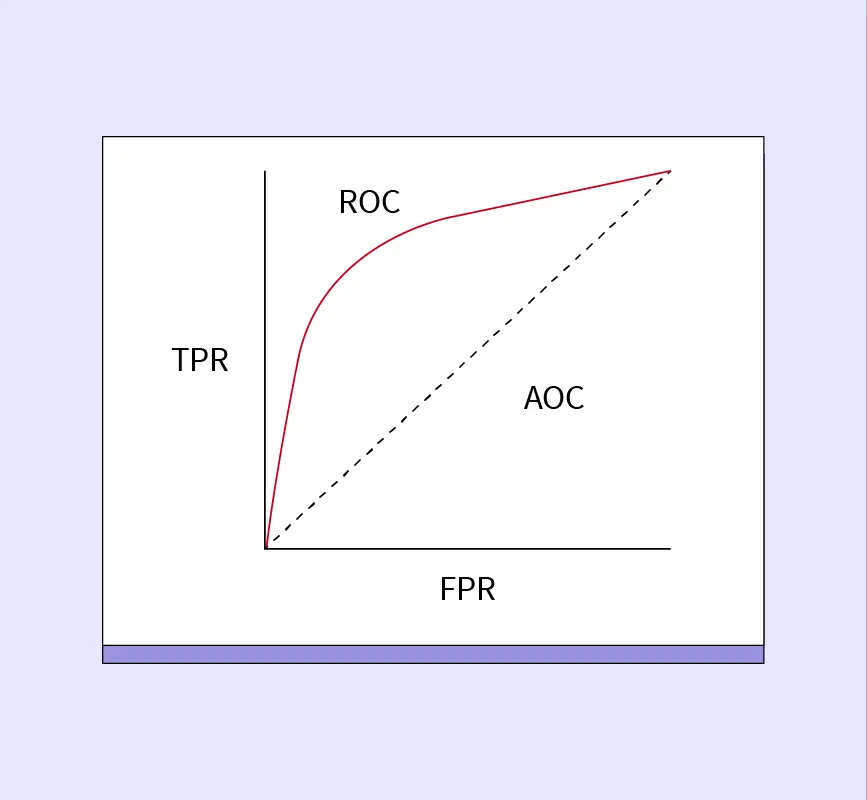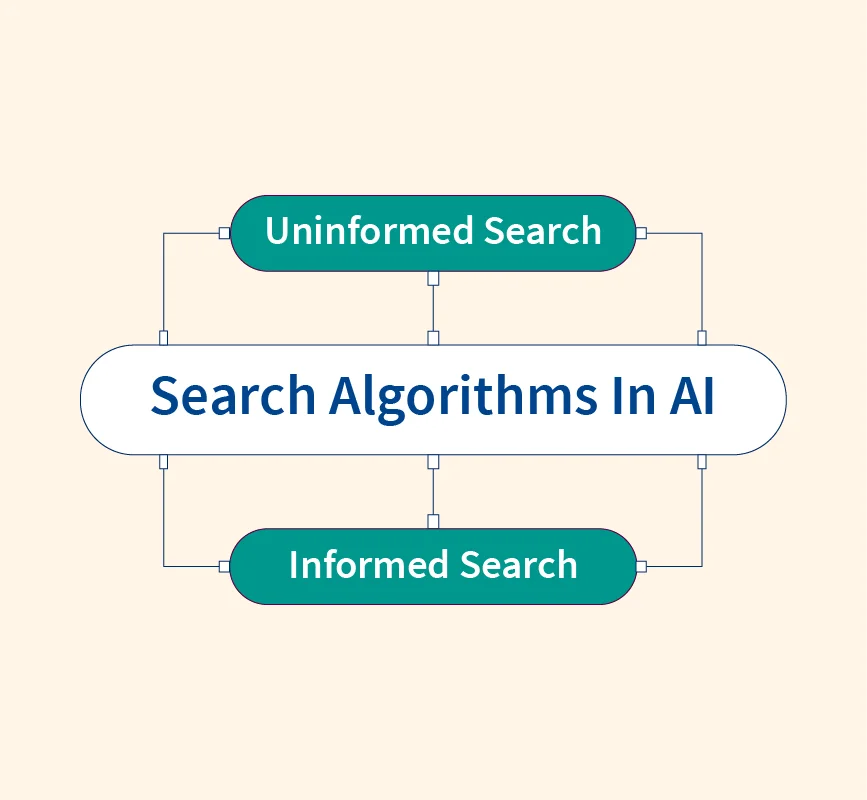Artificial Neural Networks (ANNs) have become a cornerstone in machine learning, mimicking the structure and functioning of biological neural networks to solve complex computational problems. Inspired by the human brain’s neural circuitry, ANNs consist of interconnected layers of nodes (neurons) that process data, learn from it, and make predictions. With their vast applications in fields like computer vision, natural language processing, healthcare, and robotics, ANNs have revolutionized modern technology.
In recent years, ANNs have been crucial for breakthroughs in areas such as image recognition, speech synthesis, and autonomous driving. For instance, research indicates that ANNs are instrumental in improving the accuracy of image classification by up to 90% when combined with other advanced machine learning techniques. As machine learning continues to evolve, understanding how ANNs function and their significance in this ecosystem is essential for anyone interested in the field.
What are Artificial Neural Networks?
Artificial Neural Networks (ANNs) are a subset of machine learning models that are composed of interconnected nodes or “neurons,” structured to simulate the way the human brain processes information. Each neuron is responsible for receiving input, processing it, and transmitting output to other neurons in the network. This interconnected structure allows ANNs to model complex, non-linear relationships, making them ideal for tasks that require high-level abstraction, such as image recognition and natural language understanding.
In simple terms, ANNs consist of layers of nodes: the input layer, where data is fed into the network; hidden layers, where data is processed and transformed; and the output layer, which produces the final result. These networks can learn from data by adjusting the strength of connections between neurons, known as “weights,” based on the errors they make during training. This learning mechanism allows ANNs to improve their performance over time, becoming more accurate in making predictions or classifications.
Unlike traditional algorithms that require explicit rules to make decisions, ANNs can generalize patterns from raw data, enabling them to handle tasks like object recognition in images, sentiment analysis in text, and even more complex applications such as self-driving cars and automated medical diagnoses.
The Architecture of an Artificial Neural Network
The architecture of an Artificial Neural Network (ANN) is typically divided into three primary layers:
- Input Layer: This layer receives raw data in the form of input features. Each neuron in the input layer represents a feature from the dataset (e.g., pixel values in an image or words in a text).
- Hidden Layers: These layers process the input data by performing a series of transformations. Each neuron in the hidden layers takes the weighted sum of the inputs from the previous layer, applies an activation function, and passes the result forward. The number of hidden layers and neurons can vary depending on the complexity of the problem.
- Output Layer: This layer produces the final prediction or classification. For example, in a classification task, the output might represent the probability of each class.
This layered structure allows ANNs to model complex patterns and relationships in data.
Comparing Artificial Neurons to Biological Neurons
1. Structure
Artificial neurons are simplified models of biological neurons. In biological neurons, information flows through dendrites, is processed in the cell body, and transmitted via the axon to other neurons through synapses. Artificial neurons mimic this process by receiving inputs, processing them, and sending output to the next layer of neurons.
Key similarities and differences include:
- Biological neurons process chemical and electrical signals, while artificial neurons process numerical inputs through mathematical functions.
- Biological neurons have complex structures with thousands of synapses; artificial neurons have simpler structures with a focus on data inputs and outputs.
- Biological neurons adapt dynamically to stimuli and can regenerate, while artificial neurons function in a more predefined, algorithmic manner.
2. Synapses
In biological neurons, synapses are connections where neurotransmitters are passed between neurons. This process influences learning, as synaptic strength can change based on neural activity, known as synaptic plasticity. In ANNs, synapses are represented by weights, which measure the strength of connections between artificial neurons and are adjusted during training.
Key points:
- Biological synapses are dynamic and respond to biochemical changes, while artificial synapses (weights) are updated using mathematical algorithms.
- Weights in ANNs are adjusted during training to optimize performance, similar to how biological synapses adapt during learning.
3. Learning
Biological neurons learn through processes like Hebbian learning, which strengthens connections between neurons that fire together. ANNs learn through backpropagation, a supervised method where errors from predictions are propagated backward, and weights are adjusted to reduce errors.
Main learning differences:
- Hebbian learning is unsupervised and based on frequent co-activation of neurons.
- Backpropagation requires labeled data and uses a systematic approach to minimize prediction errors.
- ANNs are more efficient for large-scale tasks due to the speed and scalability of backpropagation.
4. Activation
In biological neurons, activation occurs when the neuron receives enough input to “fire” an electrical signal. This firing mechanism is binary (all-or-nothing). In ANNs, artificial neurons use activation functions like Sigmoid, ReLU, or Tanh to determine whether the neuron should pass the signal forward, and the process can output continuous values rather than binary.
Key comparisons:
- Biological neurons have an all-or-nothing firing mechanism, while artificial neurons use activation functions that allow for more nuanced and continuous outputs.
- Activation functions in ANNs introduce non-linearity, allowing the network to capture more complex patterns in data.
How do Artificial Neural Networks Learn?
Artificial Neural Networks (ANNs) learn by adjusting the weights of connections between neurons based on the error between the predicted and actual outputs. The learning process can be categorized into two main types:
Supervised Learning
In supervised learning, ANNs are trained on labeled data. The network is given inputs along with the correct outputs (labels), and it learns by adjusting weights to minimize the difference between the predicted and actual outputs. The primary method for this is backpropagation, where the error is calculated at the output layer and propagated backward through the network to update the weights. This iterative process continues until the model reaches a desired level of accuracy.
Key features:
- Requires labeled data for training.
- Uses backpropagation and gradient descent to minimize prediction error.
- Common in tasks like classification (e.g., image recognition) and regression (e.g., predicting house prices).
Unsupervised Learning
In unsupervised learning, ANNs are given data without labels. The goal is to find hidden patterns or representations within the data. The network learns to cluster or organize the data based on inherent similarities, without explicit feedback. Techniques like autoencoders are commonly used in unsupervised learning to compress data and learn useful feature representations.
Key features:
- Does not require labeled data.
- Identifies patterns and structures in the data.
- Used for tasks like clustering (e.g., customer segmentation) and dimensionality reduction.
Types of Artificial Neural Networks
Artificial Neural Networks (ANNs) come in various architectures, each suited for different types of tasks. Below are some of the most commonly used types:
1. Feedforward Neural Networks (FNN)
A Feedforward Neural Network is the simplest form of an ANN. Data moves in one direction—from the input layer, through the hidden layers, to the output layer—without looping back. These networks are primarily used for tasks like classification and regression.
- Structure: One-way data flow, no loops.
- Applications: Image classification, basic pattern recognition, and regression tasks.
2. Recurrent Neural Networks (RNNs)
Recurrent Neural Networks are designed for processing sequential data. Unlike feedforward networks, RNNs have loops that allow them to retain information from previous steps, making them effective for tasks involving time series or sequential data.
- Structure: Loops within the network that store information across time steps.
- Applications: Natural language processing (NLP), speech recognition, time series prediction.
3. Long Short-Term Memory (LSTM) and Gated Recurrent Units (GRUs)
LSTMs and GRUs are specialized forms of RNNs that address the problem of vanishing gradients, allowing them to capture long-term dependencies in data. These architectures are particularly useful when dealing with long sequences.
- Structure: Memory cells that retain information over long periods.
- Applications: Text generation, machine translation, time series analysis.
4. Convolutional Neural Networks (CNNs)
Convolutional Neural Networks are specifically designed for processing grid-like data, such as images. They use convolutional layers to scan for patterns, making them highly effective in tasks involving visual data.
- Structure: Convolutional layers that detect spatial patterns in data.
- Applications: Image recognition, object detection, and video processing.
5. Radial Basis Function (RBF) Networks
Radial Basis Function Networks use radial basis functions as their activation functions. They are mainly used for tasks that involve interpolation, classification, and function approximation.
- Structure: Use of radial basis functions in the hidden layer.
- Applications: Function approximation, time-series prediction, control systems.
6. Modular Neural Networks
Modular Neural Networks break complex tasks into smaller sub-networks, each responsible for solving a portion of the problem. These networks allow for parallel processing and specialization.
- Structure: Multiple independent networks working together.
- Applications: Complex problem-solving, large-scale computations.
Applications of Artificial Neural Networks
Artificial Neural Networks (ANNs) have found applications across a wide range of industries due to their ability to model complex relationships and patterns in data. Here are some key fields where ANNs are making a significant impact:
1. Computer Vision
In computer vision, ANNs are widely used for image classification, object detection, and image generation. Convolutional Neural Networks (CNNs), in particular, have proven highly effective in analyzing visual data, allowing machines to “see” and interpret images in ways that are comparable to human vision.
- Applications: Face recognition, autonomous vehicles, medical imaging.
2. Natural Language Processing (NLP)
In natural language processing, ANNs, particularly Recurrent Neural Networks (RNNs) and Long Short-Term Memory networks (LSTMs), are essential for tasks that involve understanding and generating human language. They power applications like machine translation, text summarization, and sentiment analysis.
- Applications: Virtual assistants, language translation, sentiment analysis.
3. Robotics
ANNs are used in robotics to enable autonomous navigation, robotic control, and human-robot interaction. With the ability to process large amounts of sensor data, ANNs help robots make decisions, recognize patterns, and interact intelligently with their environments.
- Applications: Autonomous robots, industrial automation, human-robot collaboration.
4. Healthcare
In healthcare, ANNs are used to analyze medical data for diagnostic purposes, medical imaging, and drug discovery. By processing complex medical images or data from wearable devices, ANNs assist doctors in making more accurate and faster diagnoses.
- Applications: Medical image analysis, predictive health monitoring, drug discovery.
5. Finance
In finance, ANNs are employed for tasks like fraud detection, algorithmic trading, and risk assessment. Their ability to detect patterns in large datasets makes them invaluable for identifying anomalies in financial transactions and optimizing trading strategies.
- Applications: Fraud detection, risk analysis, algorithmic trading.
Conclusion
Artificial Neural Networks (ANNs) are a cornerstone of modern machine learning and artificial intelligence. Inspired by the structure and function of biological neurons, ANNs excel at recognizing complex patterns, making decisions, and improving over time through learning. Their versatility has led to widespread use across industries such as healthcare, finance, robotics, and more.
From feedforward neural networks that perform basic classification tasks to advanced architectures like recurrent neural networks (RNNs) and convolutional neural networks (CNNs) that handle sequential and visual data, ANNs are at the forefront of technological innovation. As the field of AI continues to grow, so too will the impact of ANNs, driving advancements in fields from autonomous systems to personalized healthcare.
With the ability to process vast amounts of data and learn from experience, ANNs hold the potential to revolutionize how we interact with technology, making them a critical tool for the future of AI.


